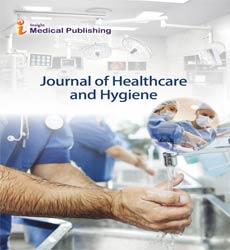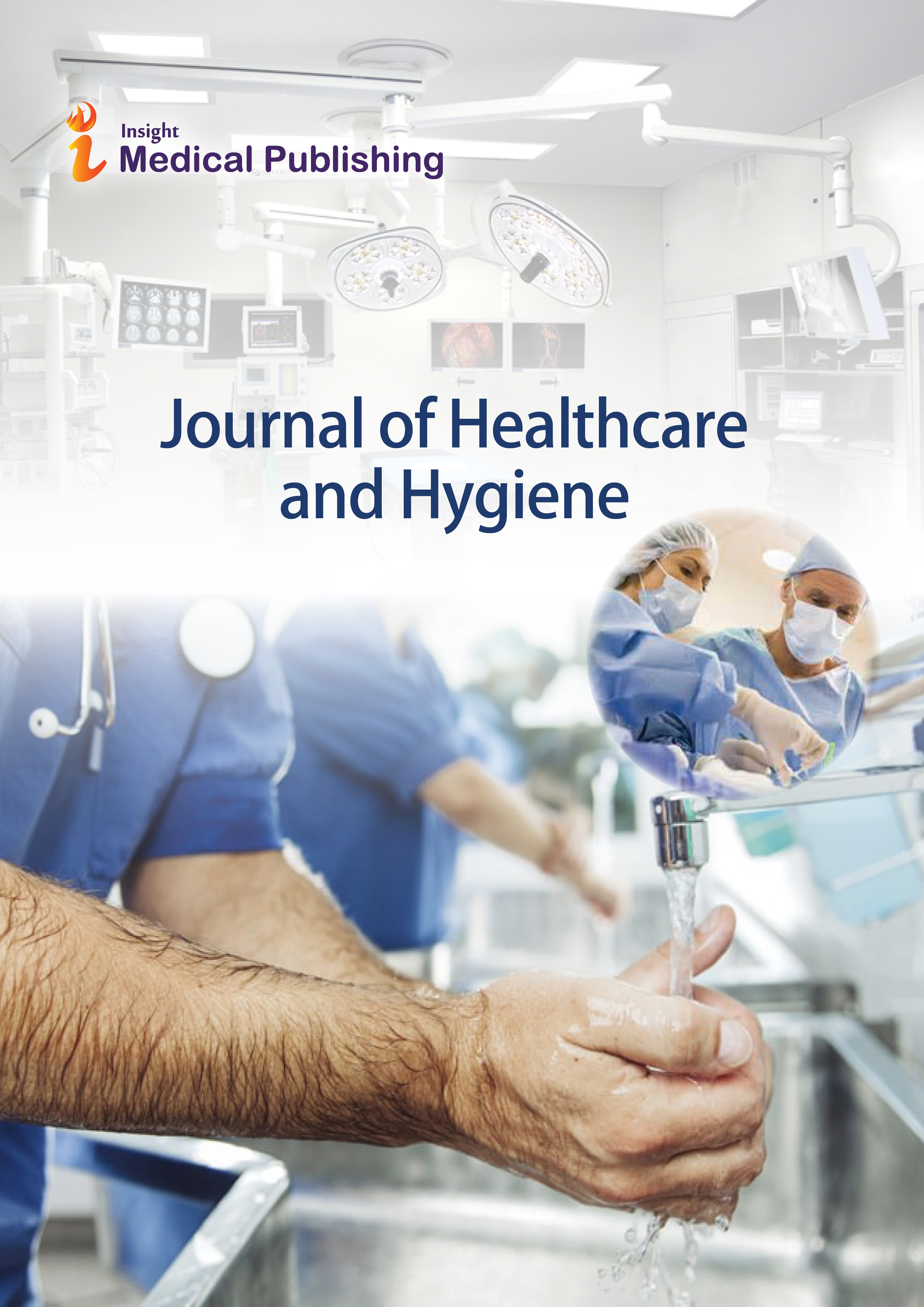Health Valuation and Promotion From A Gender Perspective
Department of Sciences for Health Promotion and Mother-Child Care "G. D'Alessandro", Occupational Health Section, University of Palermo, Italy
- *Corresponding Author:
- Dr. Maria Gabriella Verso
Department of Sciences for Health Promotion and Mother-Child Care University of Palermo, Italy
E-mail: mariagabriella.verso@unipa.it
Received date: August 07, 2018; Accepted date: August 10, 2018; Published date: August 17, 2018
Citation: Maria Gabriella Verso (2018) Health valuation and promotion from gender prospective. J Health Hyg. Vol.2 No.1: 7.
Copyright: © 2018 Maria Verso Gabriella. This is an open-access article distributed under the terms of the Creative Commons Attribution License, which permits unrestricted use, distribution, and reproduction in any medium, provided the original author and source are credited.
Editorial
From a few years in many Countries emerges the need to evaluate the gender difference in determinism and in the natural history of diseases. Therefore the various branches of the medical sciences are deepening physiological, pathological and therapeutic aspects of the various diseases from this point of view. Also occupational medicine is orienting the studies towards risk assessment, diagnosis, treatment, prevention and health promotion from a gender perspective, in order to respond with increasing appropriateness to workers' health needs in a more appropriate and specific way. In Italy, for example, since 2008 this is expressly required by the laws in force on the protection of health and safety in the workplace (Legislative Decree 81/08), which incorporates directives of the European Community. This is also indicated more generally by the Italian Ministry of Health. To pursue this goal, which must lead to a different concept of health, it is essential to a dapt the academic and training paths of the doctors. However, to date, for example the degree courses that have included gender medicine or as a specific subject or transversely in the different teachings represent an exception. The gender perspective represents an innovative methodological approach to health, that requires a multidisciplinary contribution that does not consist simply in assessing the biological differences between the sexes.
In fact, it is important to consider also the differences related to the broader meaning that the concept of gender includes and which relates to environmental, social and relational aspects. For example, work placements and different types of job, domestic and family workloads often unbalanced between the two genders, multiple exposure conditions also of non-working origin, are all relevant elements for hazard identification and exposure assessment and useful for explaining the results of epidemiological studies comparing the incidence or prevalence of various pathologies based on gender. A recent scientific paper produced in Italy by the permanent working group of the Italian Occupational Medicine Society has evaluated, through a narrative review of the world literature, which of the work-related pathologies express sex/gender differences in health outcomes and focused on the main limits of studies in this area. Pathologies that specifically affect only one gender are not analyzed, for example pneumoconioses in miners, all men. The review led to the selection for the various diseases of a percentage of jobs between 4-22% of the identified articles. This variability may be partly attributable to the heterogeneity of the conditions investigated in terms of frequency in the population, but also to the different number of studies available in the scientific panorama in relation to specific pathologies. However, the review has nonetheless highlighted some important aspects that require reflection. A few studies indicate among the research objectives the evaluation of sex/gender differences in health outcomes and even when the analyses have been performed stratifying by sex, the results are almost never adequately discussed and/or formulated hypotheses (mechanistic and/or of biological plausibility) on any observed differences.
For some groups of pathologies, sex/gender differences are clearly evident: allergic diseases, work-related stress and upper limb musculoskeletal disorders prevalent in women; occupational respiratory tumours and some anthropozonosis such as: brucellosis, Q fever, cutaneous leishmaniasis, Lyme disease and rickettziosis in men, while for other diseases the results do not show this trend or are not exhaustive, indicating the need for further study and research.
All the examined works show that in most cases the differences are attributable to a different exposure and/or to a work exhibition/segregation, even within the same production sector, rather than to biological differences, thus orienting towards the importance of evaluating all those determinants that contribute to the broader definition of gender. The WHO, as well as the European Union, has long been committed to promoting policies to support and monitor gender issues in the health sector, as well as surveys and research on specific changes in terms of health and safety at work from a gender perspective. There is therefore the need to fully accept, in all medical disciplines, a new paradigm that includes sex and gender as fundamental elements of analysis, using research methodologies and study designs that can detect the complexity described and useful to define adequate preventive measures.
It is evident that it is now essential that the Medicine orients the research considering the differences in sex/gender and not automatically adapting to the female sex the acquisitions for too long acquired on the male sex.

Open Access Journals
- Aquaculture & Veterinary Science
- Chemistry & Chemical Sciences
- Clinical Sciences
- Engineering
- General Science
- Genetics & Molecular Biology
- Health Care & Nursing
- Immunology & Microbiology
- Materials Science
- Mathematics & Physics
- Medical Sciences
- Neurology & Psychiatry
- Oncology & Cancer Science
- Pharmaceutical Sciences
